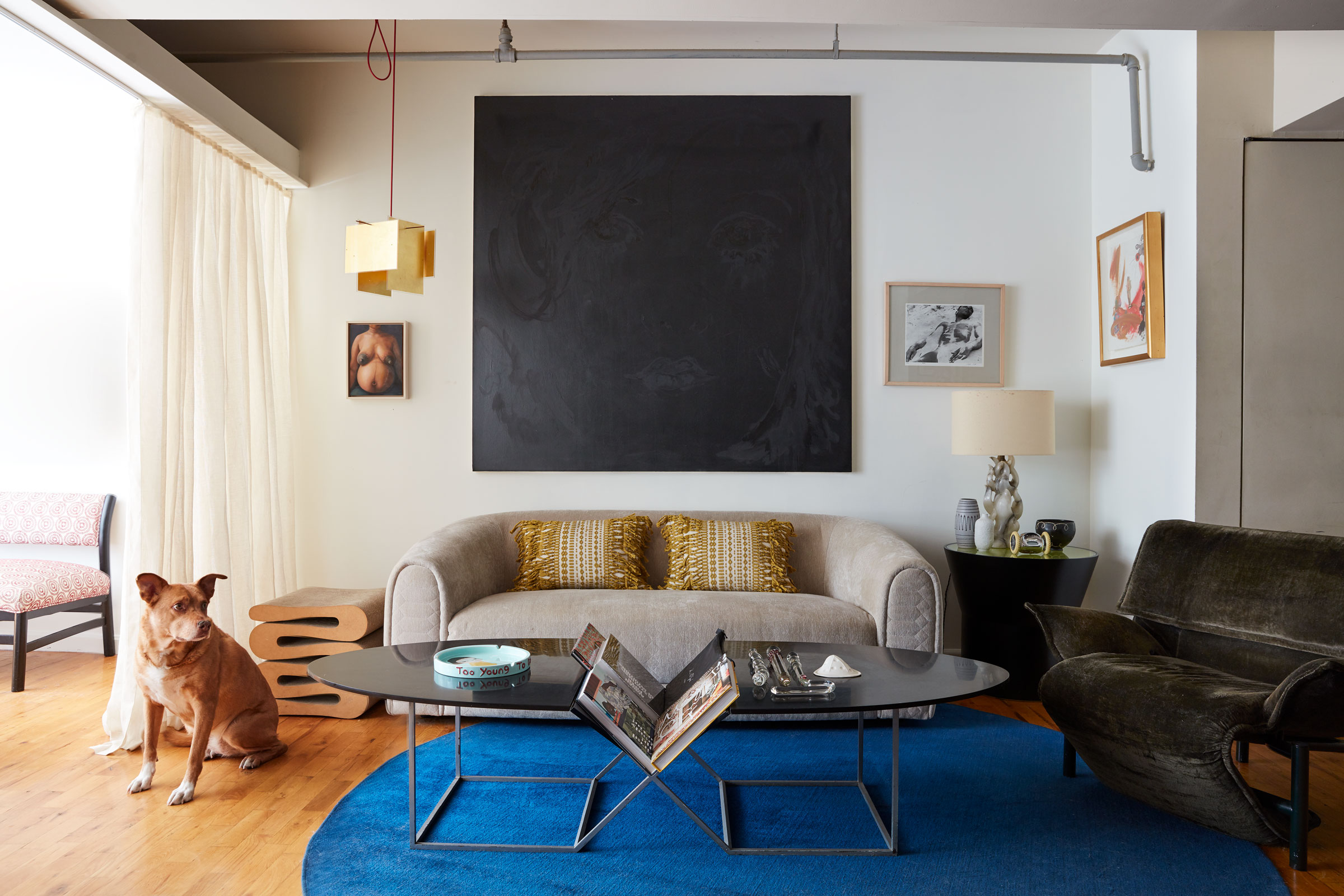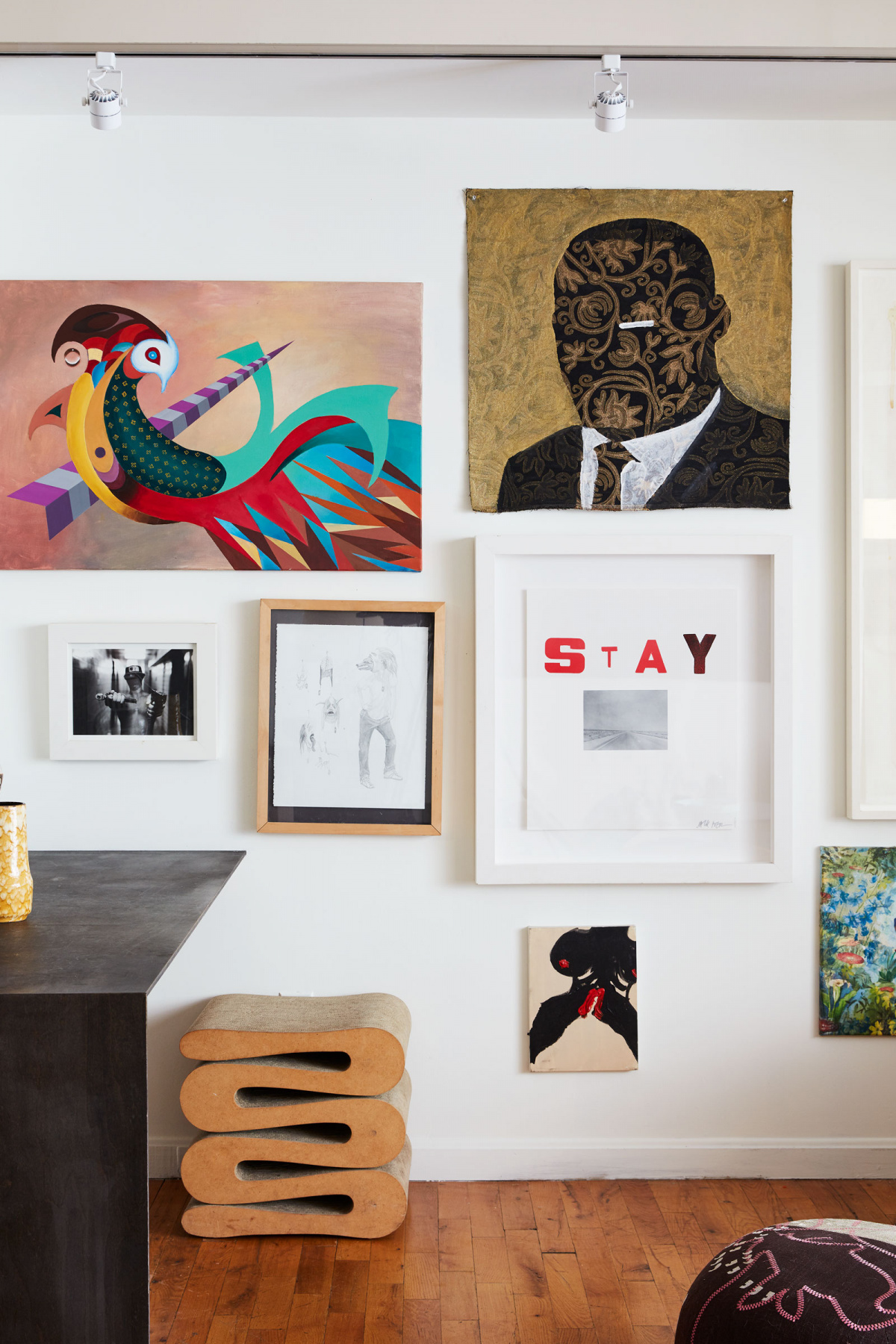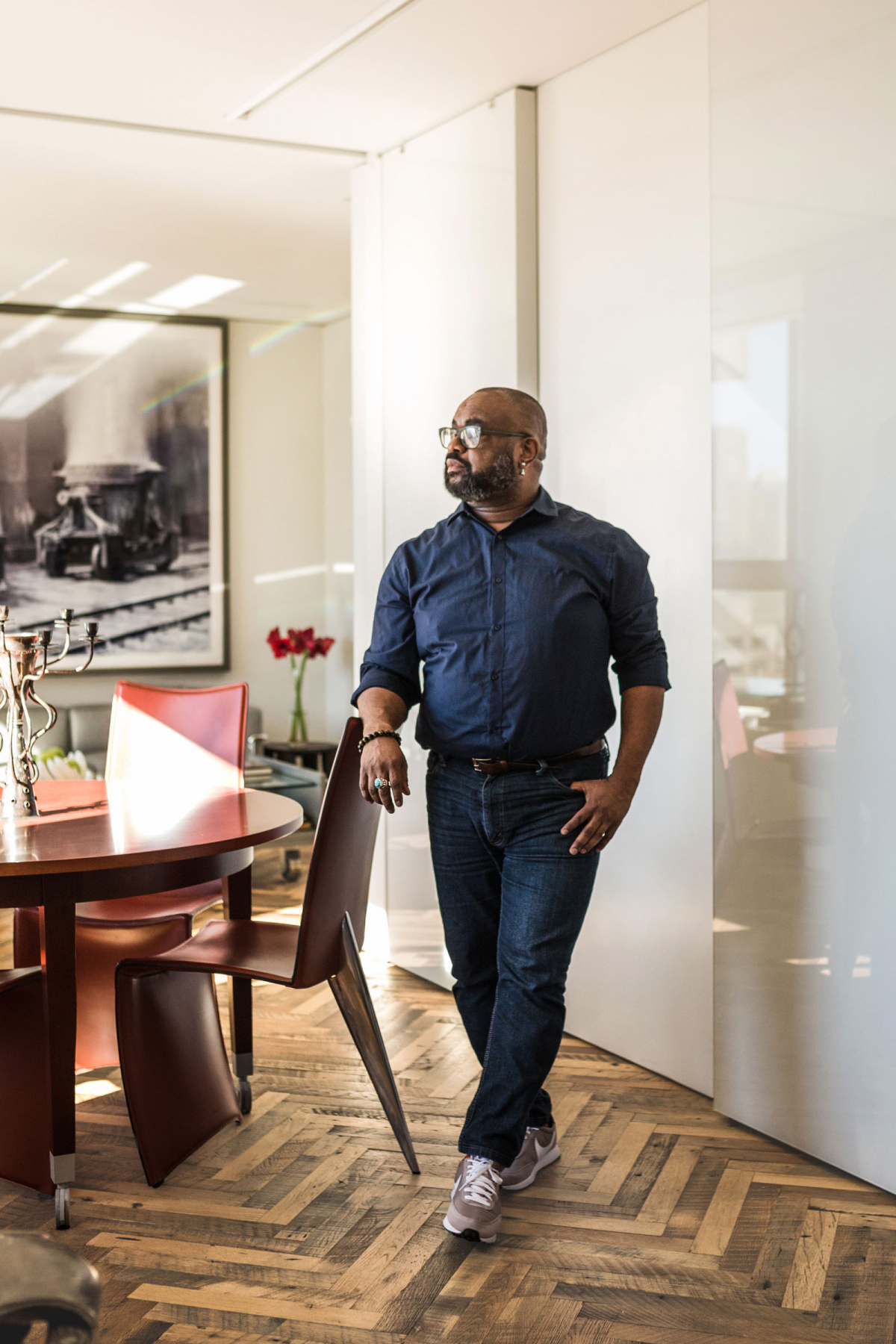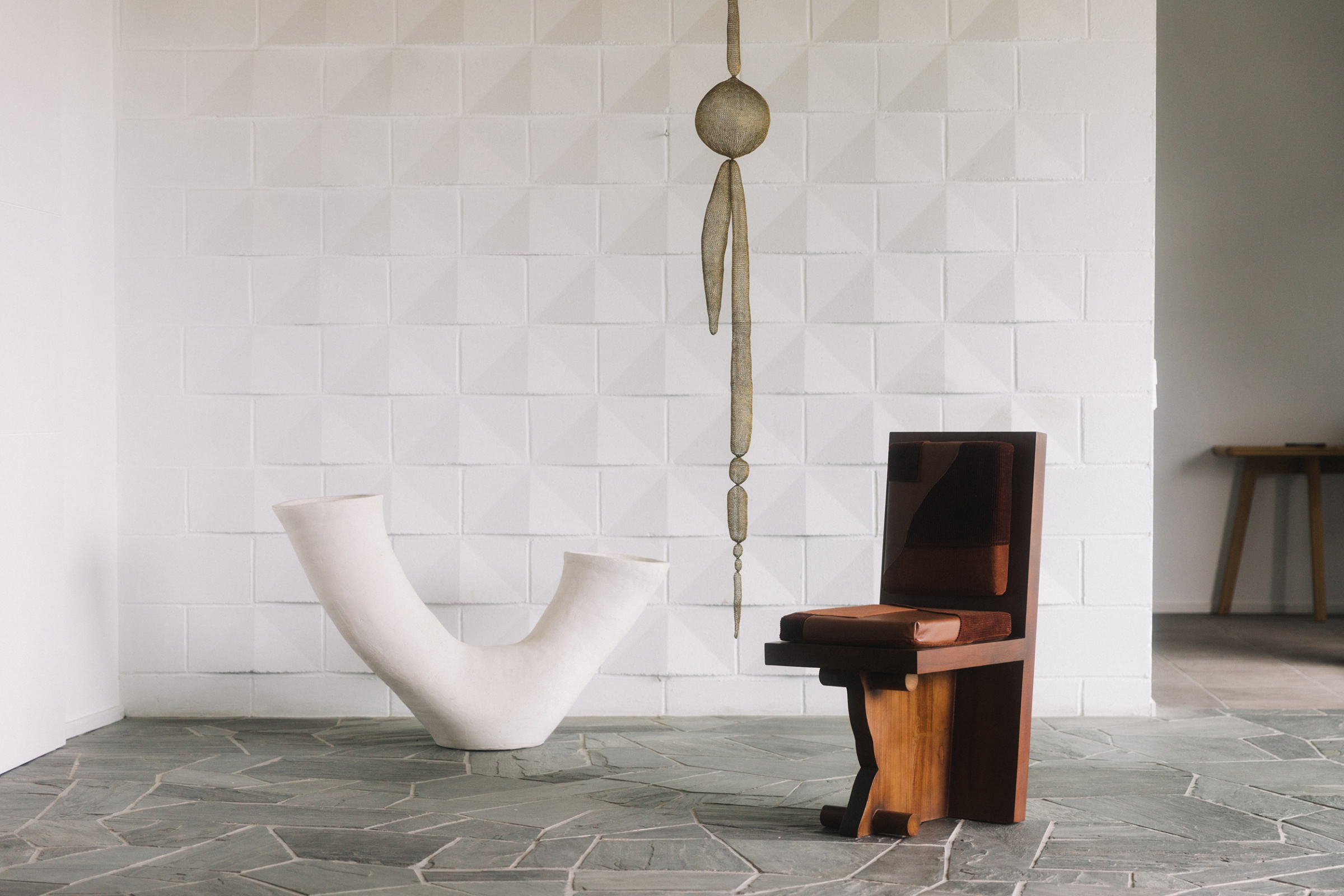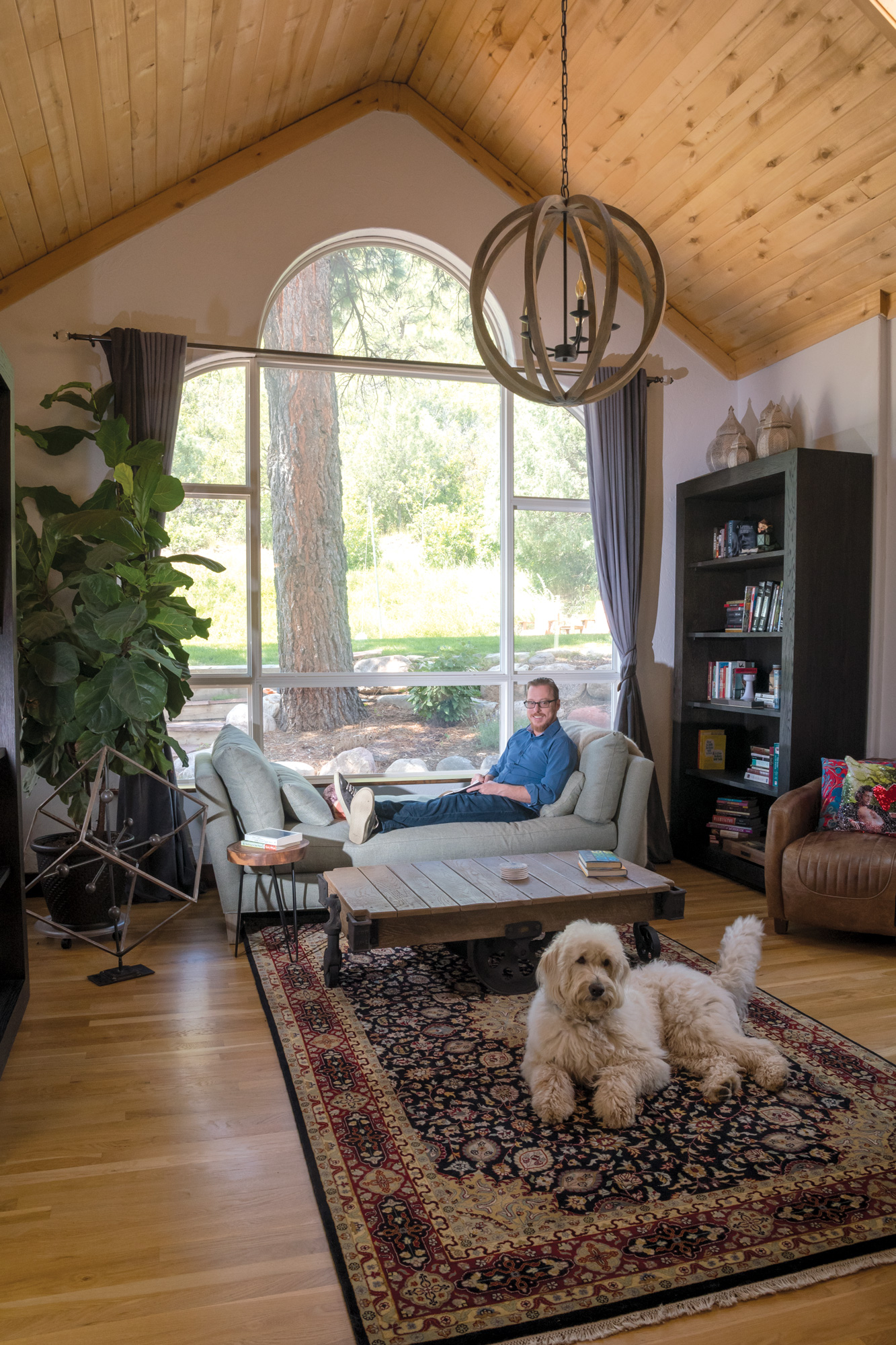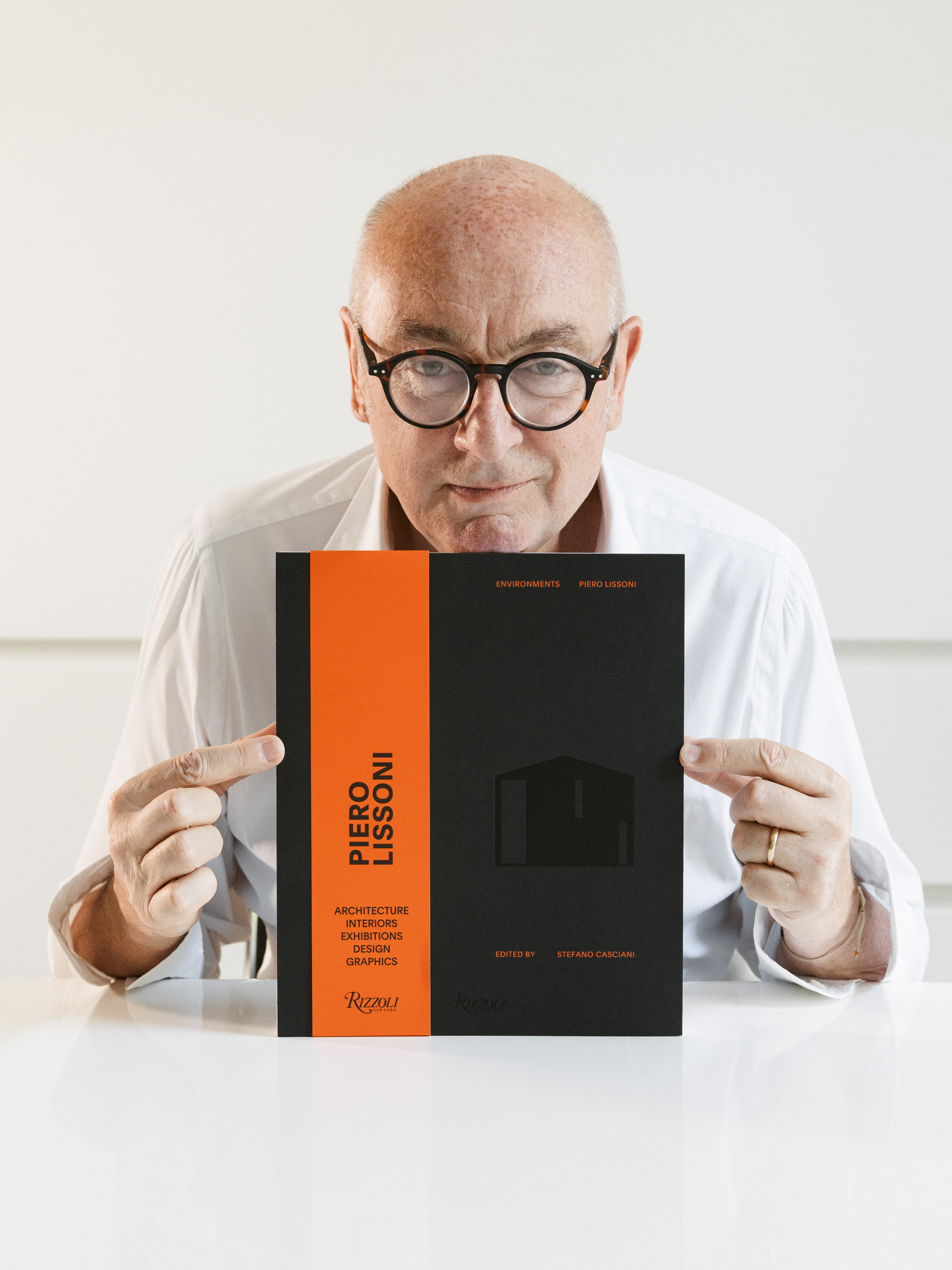The first thing Leyden Lewis tells me one sleepy morning is, “I’m sorry.” It’s 9am for the Brooklyn-based interior designer and artist, and although it’s a reasonable 8am for me in Chicago, he thought I was in California, speaking with him at an all-too-early 6am. I am polite when I say that though I admire his work, I’m not sure I would take a 6am call for anybody. We laugh together for a moment.
Leyden, who has been running Leyden Lewis Design Studio for more 30 years, has a boisterous, contagious laugh that coincides perfectly with his friendly personality. There is a warmth to him, and you can see why so many feel drawn to his interior design practice. “I like to think of myself as an anthropologist,” he says. “I try to dig around and see what clients are most excited about so that they can stay the duration and it’s not just a decorating process.” The end result is often a space where objects create a poetic-like rhythm, fortify cultural roots, and give an air of approachable luxury. It’s bold but still comfortable; Leyden’s interiors are places of congregation, somewhere you want to be invited to, but also where you want to come home to at the end of the night and lay your head.
- Inside Interior Designer Leyden Lewis’s Brooklyn home. Photo by David A. Land
- At home with Leyden Lewis. Photo by Pratya Jankong
A trained architect, Leyden’s inspiration lies somewhere at the intersection of the Caribbean heritage of Trinidad and Tobago, urban sophistication, and classical European modernism. “Sometimes in Art Deco you see this amazing Grecian, African, and Egyptian combination collapse onto modernism. That’s what makes me excited, when I can see a whole bunch of histories collapse into one object,” he says. “For me, I love to be captured and mesmerized. There’s this kind of gravity that an object will have, and I’m like, ‘Oh my god, that thing—whatever it is—we must pull it into the story,’” Leyden says. “I can’t exactly tell you what [the draw] is; it’s almost like a world between spirit and magic.”
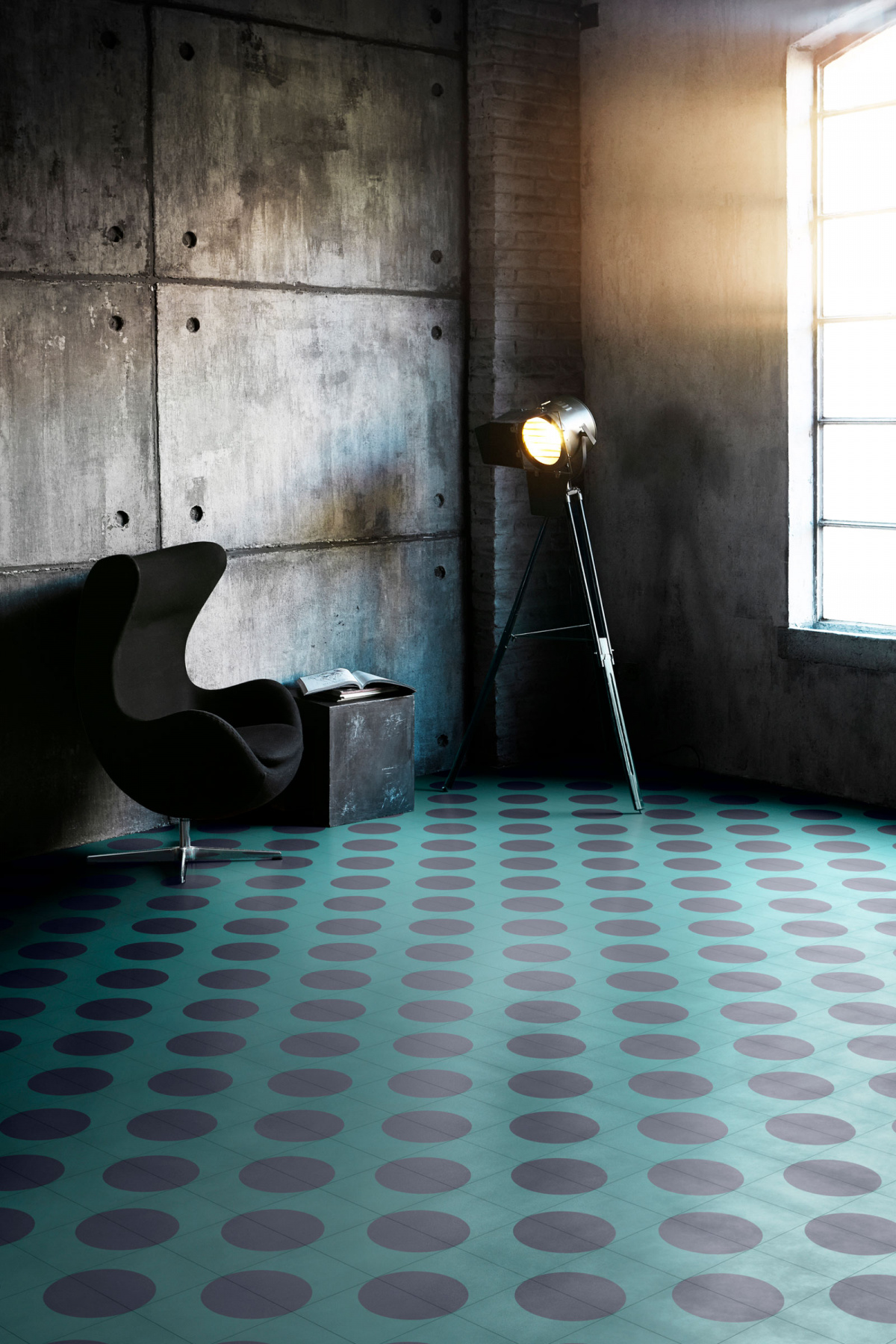
The India Mahdavi-designed Dot 5 cement tile by Bisazza is another unsung hero of what Leyden Lewis calls “happy design,” with its clear graphics and fun colors. Photo courtesy of Leyden Lewis
When I ask what kind of objects provide that mystical pull, there is no one answer. It’s all about the feeling. The playful Dot 5 cement tile by India Mahdavi for Bisazza, Vitra’s Frank Gehry-designed Wiggle Stool—these objects bring happiness, Leyden says, and he wants you to feel it in every space. “Bubblegum pinks and those primary-tinted colors that we associated with candy as children—that’s happy,” he says. “If a scheme shows up like candy corn, that makes us all happy.”
But candy corn—both the candy and its palette—is polarizing. You either love it or hate it. For Leyden it’s love, so it’s no surprise his favorite color is orange. “I’m hypnotized by that color. It’s a life color, an energy color,” he says. “When it goes to saffron, it’s more Buddhist and meditative. When it gives more heat, it’s more sexual and lusty.” He describes the color as a “vibration,” a wavelength he tries to incorporate in every project, going as bold or as subtle as clients will allow. It’s why one of those “magic” objects is the orange Grohe Rainshower Icon showerhead. “It’s a piece of visual candy.”
But happy design isn’t just about color. After all, many people are afraid of color, he says, because they perceive it as a stamp of the time, something that will go out of style. “Happy design is also about form. It’s the curved wall; it’s the gold twinkle. It’s bringing in something that is a little extra.”
Take de Gournay’s Fishes wallcovering—a product he’s tried to use in 10-plus projects over the years but has escaped him. “I’m just obsessed with it,” he says. Each hand-painted iridescent fish is mesmerizing, but what draws Leyden in is, again, the feeling. “It’s like being at the botanical gardens and seeing the koi pond,” he says. “That’s one of my favorite things in the world to witness.”
I ask about the other motifs that come up in his work, and he tells me waves, echoes—patterns that look like topography, with the exception of clouds. (“Remember when we were all abused with clouds in the ’80s? I don’t like anything that has to do with sky scenes.”) And the last thing? Fish. “You know, I don’t know what it is about fish that’s interesting to me,” Leyden says. “I’ve never thought about it. But I will never give it up. Those fishes will arrive.”
A version of this article originally appeared in Sixtysix Issue 07 with the headline “Leyden Lewis.” Subscribe today.
